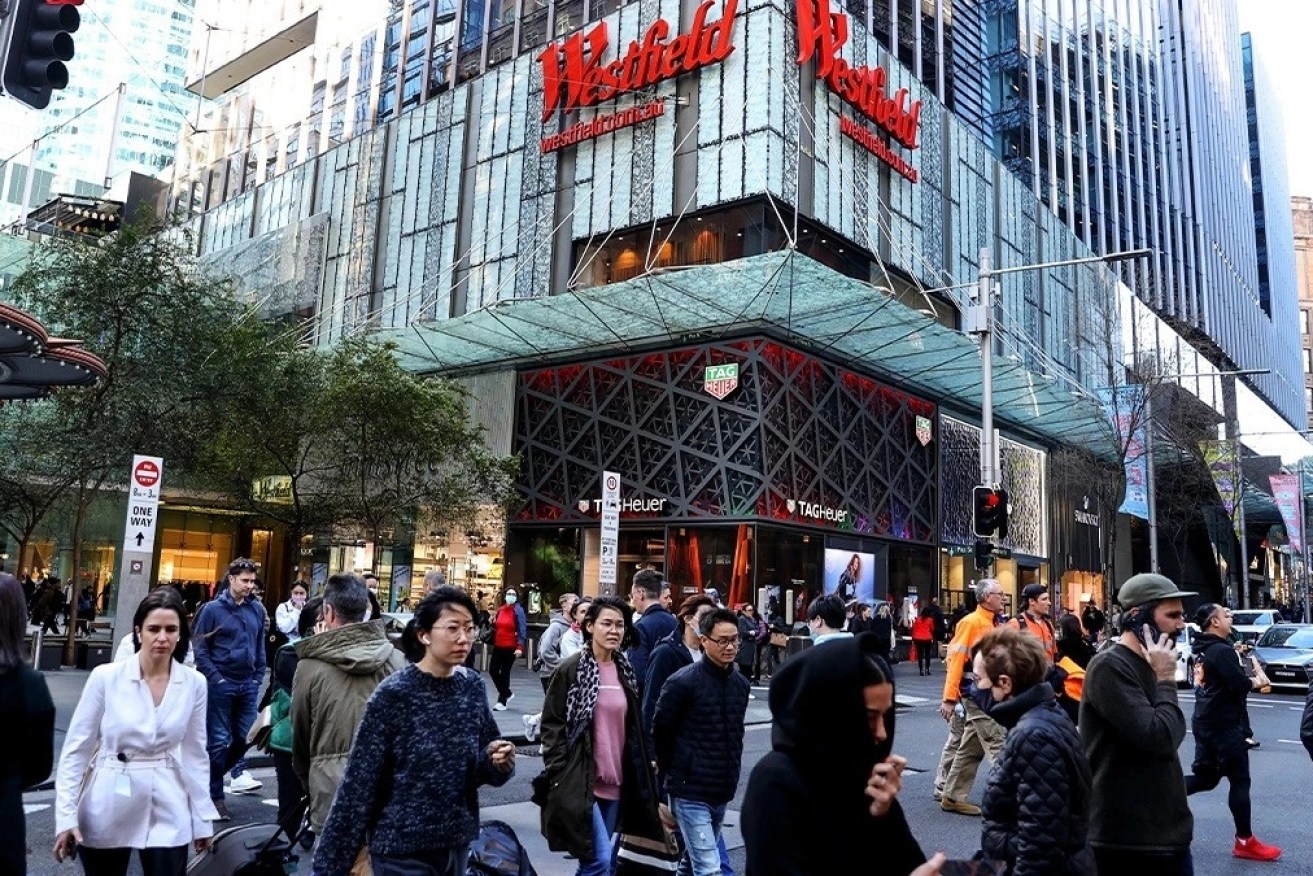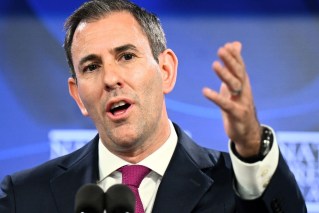‘Incredibly tight’: Low unemployment to persist for now, but economic gravity looms


The jobless rate is set to remain low for the time being, but a rise is inevitable, experts say. Photo: AAP
Australia’s job market has continually defied gloomy forecasts about the slowing economy in recent months as employment grows at a breakneck pace despite rapid interest rate hikes.
Almost 65,000 jobs were added across the economy in August, bringing gains over the past year to about 411,000 people, which is a level of strength not seen since the COVID-19 rebound.
It’s an extraordinary result that’s come against the backdrop of slowing economic growth and higher interest rates – two dawning realities that typically slam the brakes on the jobs market.
“Our labour market remains incredibly tight, with unemployment low and a wide variety of job opportunities available across the country,” Indeed APAC economist Callam Pickering said.
“Around three-quarters of [jobs gains over the past year] have been full-time, a sign that the economy is not only creating a lot of jobs but also creating a lot of high-paying ones.”
Unemployment still steady
What’s interesting though is that the unemployment rate – a measure of how many people who are regarded as participating in the labour force are not working – has remained relatively stable.
It was 3.7 per cent again in August, which is the pointy end of a tiny 0.2 percentage point zone that the jobless rate has sat in since May 2022 (the same month as the first RBA rate increase).
That’s remarkable because it suggests Australia has maintained what’s theorised as “full employment” for about a year, something some experts believe will continue for some time yet.

Source: ABS (click to enlarge).
“The labour market will probably hold in a pretty similar position for much of the rest of this year,” Oxford Australia head of macroeconomic forecasting Sean Langcake said.
“You need to work through some of that excess labour demand before you start to see some of the headline measures move.”
Gravity to dawn on jobs market
But the consensus remains that economic gravity will eventually dawn as the economy slows.
That’s because businesses will sell fewer goods and services at their current prices, which should push them towards producing less and therefore needing fewer workers to operate.
“It will have to increase from here to reach the Reserve Bank’s forecast for unemployment at 4 per cent by the end of the year,” EY chief economist Cherelle Murphy said of the jobless rate.
“The flow through of monetary policy tightening will likely ensure that it does.
“This outcome would also be consistent with job vacancies coming off a record high, and NAB’s most recent Business Survey showing a fall in employment intentions by firms.”

Source: ABS (click to enlarge).
Commonwealth Bank senior economist Belinda Allen said that about 35,000 jobs need to be added to the economy each month to keep unemployment steady due to rising participation.
But there are already signs that will be increasingly difficult to achieve month after month.
“Trend employment growth has also been slowing since April,” she said.
“A mismatch between supply and demand for labour will see the unemployment rate continue to lift.”
The prospect of a slowing jobs market is particularly worrying for households because while the cost-of-living crisis has put pressure on many budgets, employment has underpinned stability.
In other words, economic warning signs like distressed property sales and loan defaults are still at relatively low levels because despite higher interest rates Australians are still earning money.
The Reserve Bank has attempted to preserve gains in the labour market over COVID for precisely that reason, even if it has meant allowing inflation to linger above target for longer.
Job losses may be limited
But because the jobs market has remained resilient to date, there is reason to believe there may not be as many job losses as feared, even as the unemployment rate increases in early 2024.
From a technical perspective, the unemployment rate is a measure that accounts for employment levels and the size of the total labour force.
In other words, unemployment can rise even with relatively few job losses if higher participation – due to rising migration – injects slack into the labour market.
That’s already happening to some extent; Allen explained that upward revisions to population size in the August jobs data resulted in the participation rate reaching a record high 67 per cent.
“There have been two main drivers of a rising participation rate,” she said
“Net overseas migration has been very strong, the latest numbers (to Q1 23) suggest it is running at [about] 500,000, much higher than the forecasts contained in the May budget.
“New migrants generally have a higher attachment to the workforce.”
Langcake said it remains uncertain what the mix between job losses and participation gains will be as unemployment eventually rises.
Though because of the large difference in the magnitude of migrants joining the labour force and its total size, a small fall in employment would generate a much bigger impact on the jobless rate than the same-sized change in participation.








